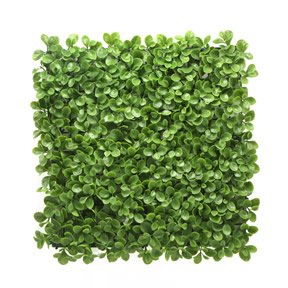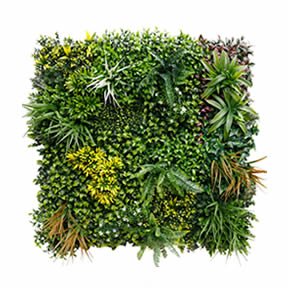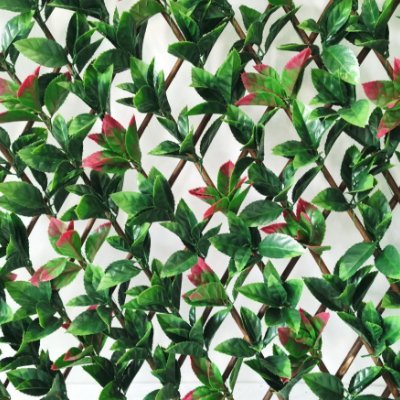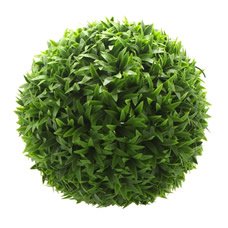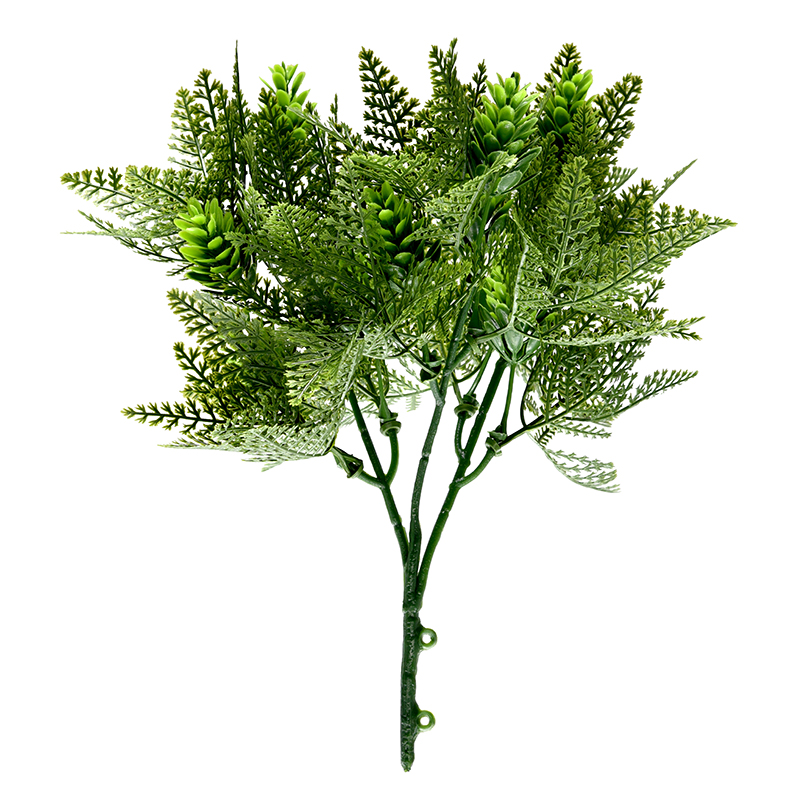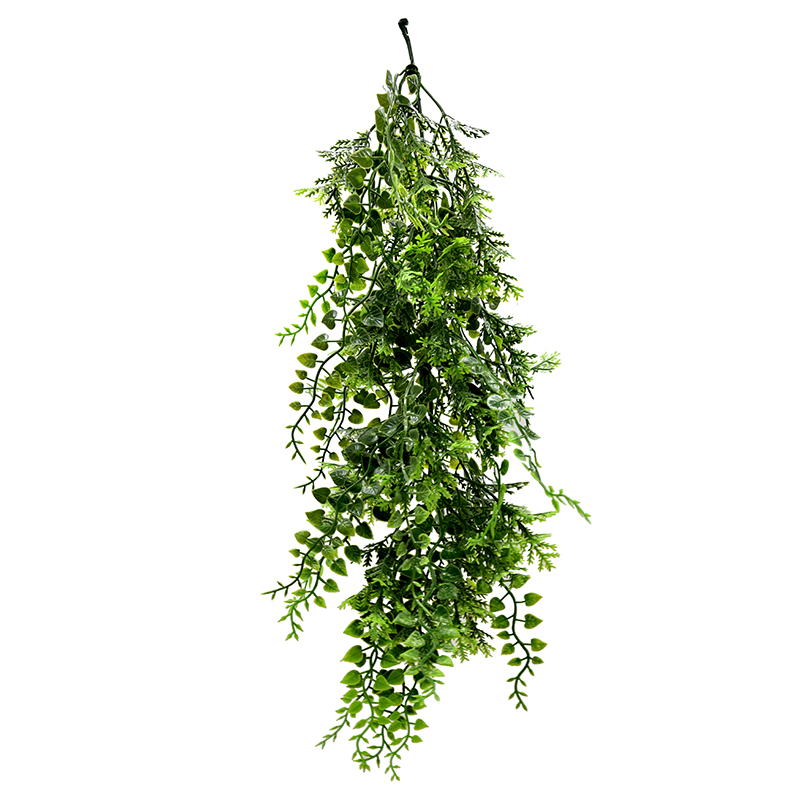Is it OK to put fake plants outside?
 2025 07 28
2025 07 28Yes, it is OK to put fake plants outside. This quick guide provides practical steps to protect faux plants and ensure their longevity in outdoor settings.
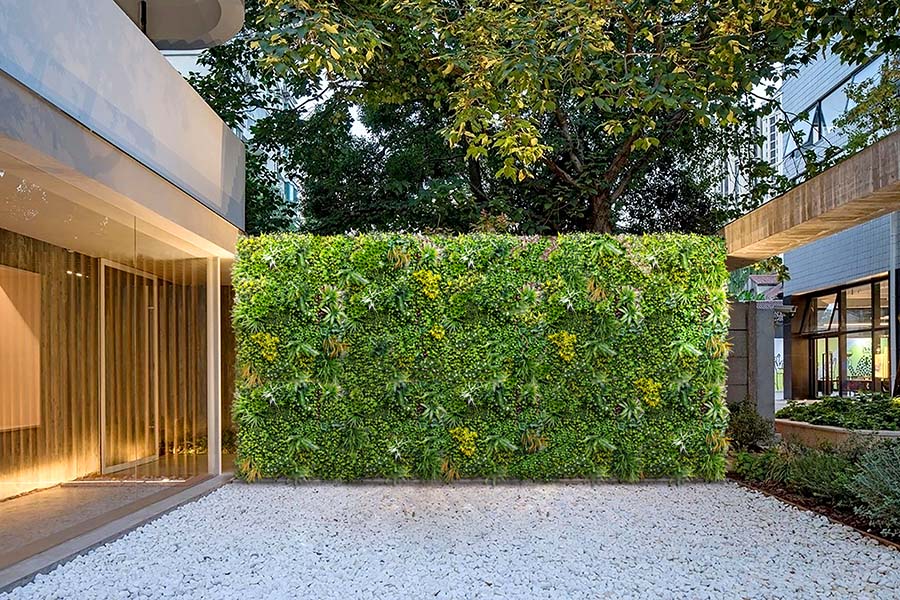
What to Know Before Placing Fake Plants Outside
Fake plants have grown in popularity as a low-maintenance alternative to living greenery. While they are commonly used indoors, many people also consider them for outdoor spaces. Before placing fake plants outside, it’s important to understand which types are suitable and how environmental factors can affect their longevity.
Not all fake plants are designed for outdoor use. Some are made with materials that may fade under direct sunlight or break down when exposed to wind, rain, or extreme temperatures. Placing these types outdoors could result in rapid deterioration.
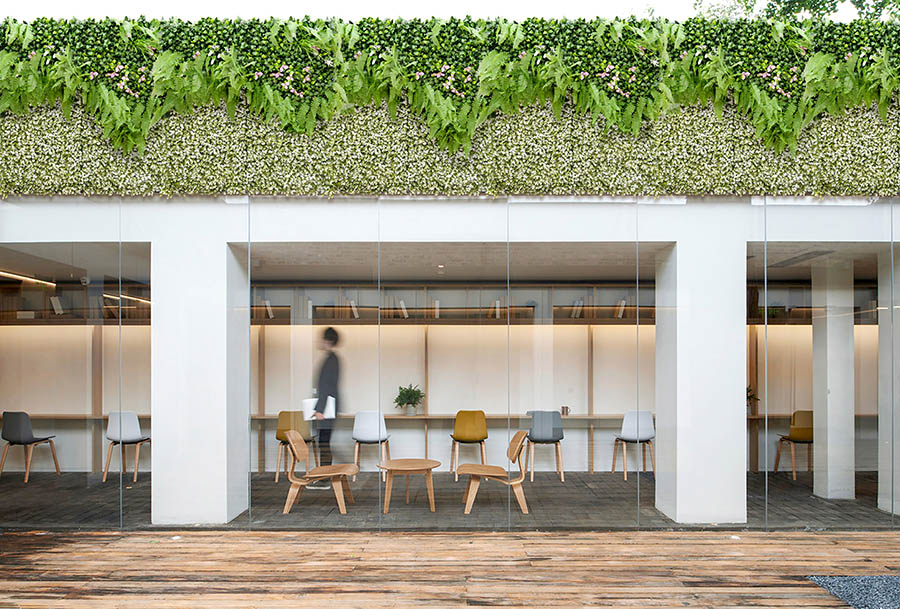
There are fake plants typically crafted from high-quality, UV-protected, and weather-resistant materials that can better withstand the elements, specifically engineered for exterior conditions. Outdoor plants offer a practical solution for adding greenery—whether trees, hanging baskets, vertical gardens or flower beds—without the need for watering, pruning, or replacing dead plants. They are designed to look natural and blend well with surrounding landscapes.
For long-lasting results, select fake plants that are specifically labelled for outdoor use and ensure they come with UV protection. In the areas that experience strong winds or frequent storms, anchor the plant securely and choosing sheltered locations can help improve its lifespan.
Tips for Putting Fake Plants Outside
Inherent UV Stability
Some retailers recommend UV protection sprays for artificial foliage. However, these sprays have not been tested and their effectiveness cannot be guaranteed. The main issue with UV sprays is that it is difficult to cover the entire plant evenly, which could lead to parts of the plant degrading rapidly.
As a professional artificial plant factory, our fake plants for outside are inherently UV stable with UV-protecting chemicals added during the manufacturing process, ensuring even protection throughout the plant.
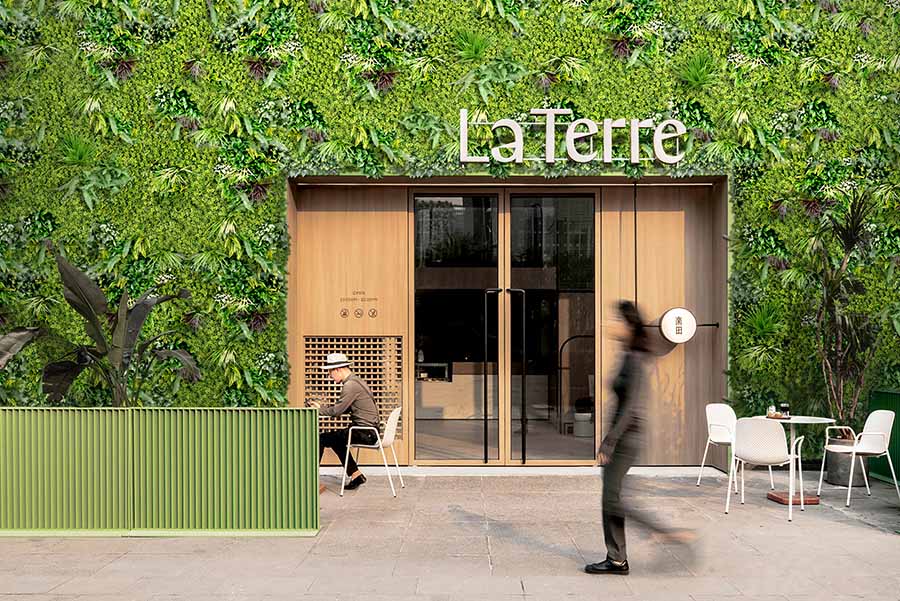
Drainage
Proper drainage is essential when potting artificial plants, especially considering rainfall. Most outdoor pots have drillable drainage holes, which are highly recommended.
If planting the faux plant directly into the ground, placing some stones or sand at the base can aid drainage.
Extreme Weather
While outdoor artificial plants, trees and flowers are designed to withstand various weather conditions, extra precautions should be taken during severe events. Strong winds can cause artificial plants and trees to topple over, potentially snapping stems and damaging foliage.
To protect fake plants outside, move them to a sheltered area such as a shed, garage, or indoors during extreme weather. If moving them is not possible, consider reinforcing them with supports or tying them to a nearby structure.
Heatwaves
During heatwaves, the primary threat to fake plants outside is increased sunlight, which means more UV exposure and a reduced lifespan for artificial outdoor plants. Products like hanging baskets and window boxes are particularly susceptible due to their bright petal colors.
To protect faux outdoor plants during heatwaves, move them to a shaded area or temporarily cover them.
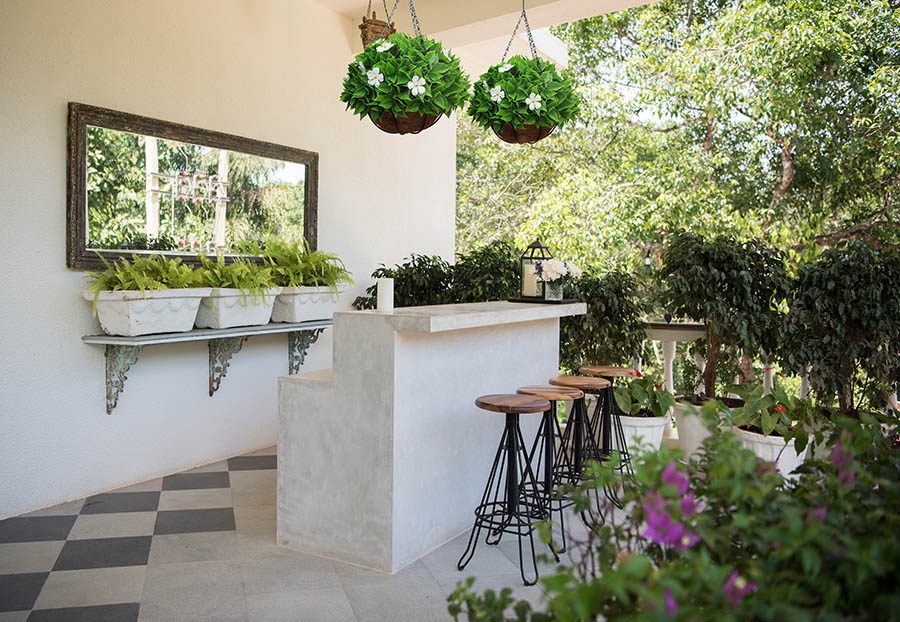
Outdoor Pots and Planters
Place fake plants in sturdy outdoor pots or planters. For a more natural effect, add a layer of real soil at the base or mist the leaves lightly with water. For visual impact, group multiple planters together—different heights and styles can create a more dynamic and full display.
Mix of Real and Fake Plants
Combining fake plants with live ones can create a fuller, more colorful garden. The bold shapes and vibrant hues of fake plants can complement real greenery, making the space appear lush without requiring extra care or watering.
Outdoor Accessories
Fake plants outside can be styled just like real ones. Incorporate outdoor décor such as lanterns, stools, string lights, or garden signs to bring personality to the space. These accessories help blend the plants into the environment and add charm to the overall design.
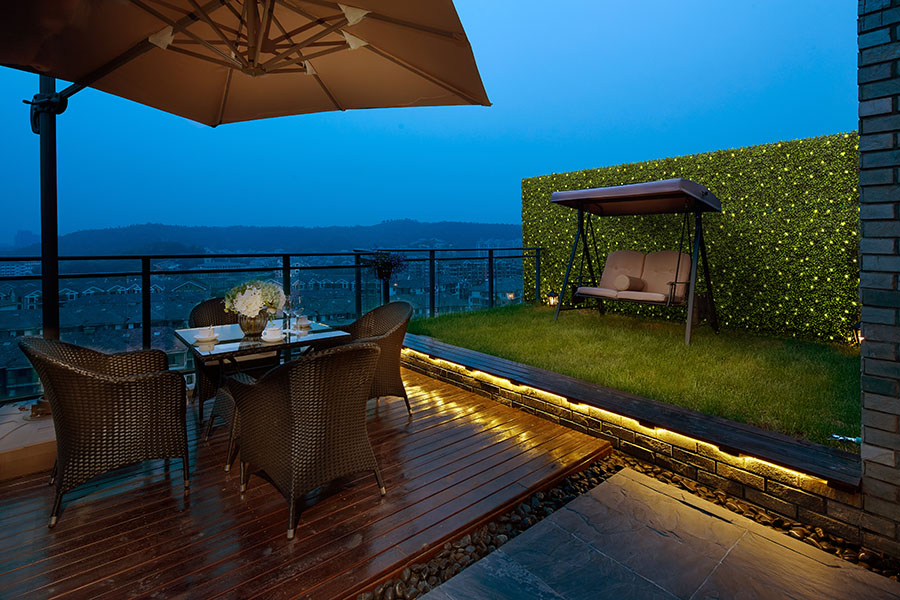
Tabletop Arrangements
A patio table or outdoor shelf is the perfect spot for a small vase filled with fake branches and flowers. This simple touch is an easy way to refresh an outdoor area and add a pop of color, especially in spots where real blooms might struggle.
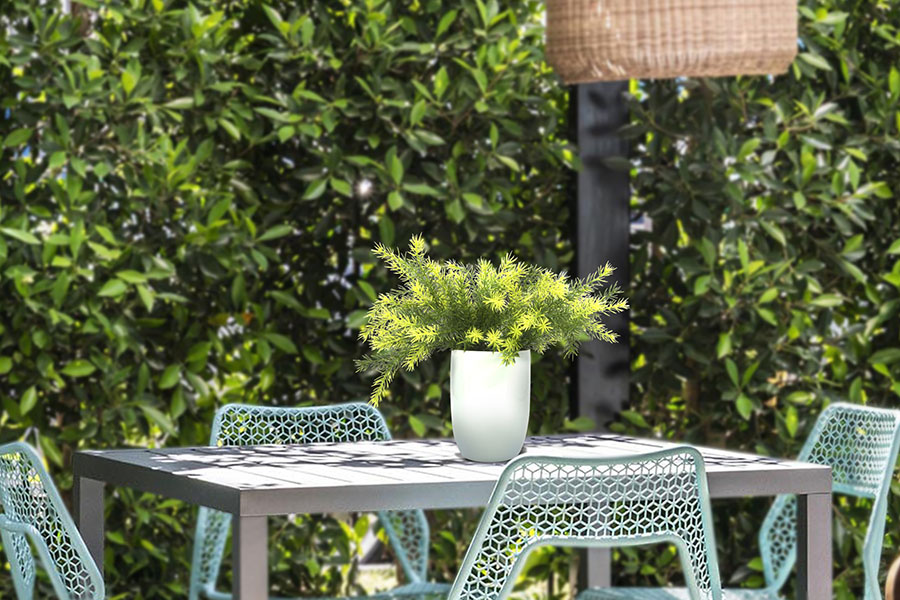
Fake plants are becoming more popular in outdoor settings, leading to questions about their durability, appearance, and overall performance in open-air environments. The following explores some of the most common concerns about using fake plants outside.
Do Fake Outdoor Plants Fade?
Yes — fake outdoor plants can fade over time, particularly when made from inferior materials and exposed to direct sunlight.
The main cause of this fading is UV radiation, which breaks down the pigments in artificial leaves and flowers, leading to a noticeable loss of color over time. Low-quality faux plants are especially vulnerable because they typically lack proper UV protection and are not designed for long-term outdoor use. These plants may begin to fade within just a few months, quickly losing their original visual appeal.
UV-resistant fake plants are specifically designed to withstand prolonged sun exposure. This durability comes from UV-stabilised materials or special treatments applied during manufacturing to preserve the plant’s color and structure.
When selecting artificial greenery for outdoor use, it’s important to confirm whether the product includes built-in UV protection. This feature is a key indicator of durability, helping ensure the plant maintains its appearance in direct sunlight and harsh conditions over time.
How long will Fake Plants Last outside?
The lifespan of fake plants outside depends on several factors, including but not limited to:
- The quality and composition of materials
- Whether UV-resistant technology is used
- Local climate and weather conditions
- Safety and environmental certifications
- Placement (e.g., shaded vs. full sun exposure)
At EdenVert, we prioritize durability and long-term value. Many of our artificial plants come with warranties—up to 10 years for indoor use and 5 to 8 years outdoors. These figures reflect our commitment to quality, providing peace of mind even in demanding environments.
How to Make Fake Plants Look Real Outside?
Choose High-Quality Products
Select high-quality fake plants, which often feature realistic textures, subtle color variations, and natural leaf shapes, making them harder to distinguish from real plants.
Add Imperfections
In nature, plants are never perfectly symmetrical. Slightly bend or reshape the stems and leaves to avoid an overly uniform appearance. Make sure some leaves tilt at different angles and include subtle irregularities to mimic the randomness found in real foliage.
Use Natural-Looking Planters
The choice of planter can significantly affect how realistic fake plants appear. Opt for containers made of natural-looking materials such as terracotta, concrete, stone, or wood. Avoid lightweight, glossy plastic pots, which can make even the most lifelike plant look obviously fake.
Place in Natural Light Patterns
Consider the types of plants and where they would logically grow. Place sun-loving fake succulents in brighter spots and shade-loving artificial ferns under overhangs or trees. Matching the plant type with its natural lighting conditions helps reinforce the illusion.
Avoid Overcrowding
While it might be tempting to group many fake plants together, too much density can make the display look artificial. Leave appropriate gaps and negative space to reflect how plants typically grow. A balanced layout with breathing room helps each element appear more natural.
How to Maintain Fake Plants Outside?
Fake plants outside require far less care than real ones, but regular maintenance helps preserve their appearance and extend their lifespan. Here are a few simple steps to keep them in top condition:
- Clean Regularly: Dust, pollen, and other debris can accumulate on fake plants outside, dulling their appearance. Use a soft cloth or a gentle brush to wipe off dirt. For a deeper clean, lightly rinse them with a hose on low water pressure to avoid damaging delicate parts. Cleaning every two to four weeks generally keeps plants looking their best.
- Avoid Harsh Chemicals: Harsh cleaning agents and solvents can damage the material or cause colors to fade. A mild soap diluted in water is the safest cleaning solution, preserving the plant’s finish while removing grime effectively.
- Inspect for Damage:Outdoor conditions, especially storms or strong winds, can cause wear and tear. Regularly examine plants for cracks, discoloration, or loose pieces. Fixing or replacing damaged sections promptly prevents further deterioration and maintains the plant’s natural look.
- Ensure Secure Positioning:Fake plants placed outside must be firmly anchored to prevent tipping or movement. Use weighted bases, stakes, or fasteners suitable for the installation environment. This step is particularly important in windy or exposed areas.
- Rotate Placement Occasionally:If feasible, move plants periodically to promote even sunlight exposure. This practice minimizes uneven fading, preserving consistent color and vibrancy.
Are Fake Outdoor Plants Tacky?
The question of whether fake plants are tacky is one that often sparks debates among designers, architects, and business owners. While real plants offer the natural benefits of greenery, well-made artificial plants can also provide a stylish and practical solution, especially in environments where live plants may not thrive.
Whether fake plants appear tacky or tasteful depends largely on their quality, placement, and integration into the overall design. EdenVert provides premium artificial greenery solutions that are lifelike, visually appealing, and well-suited for both functional and aesthetic needs. Advances in realistic materials and design have made it possible to achieve biophilic effects even in areas with low light or limited access.
Explore a detailed perspective on whether fake outdoor plants appear tacky at:
